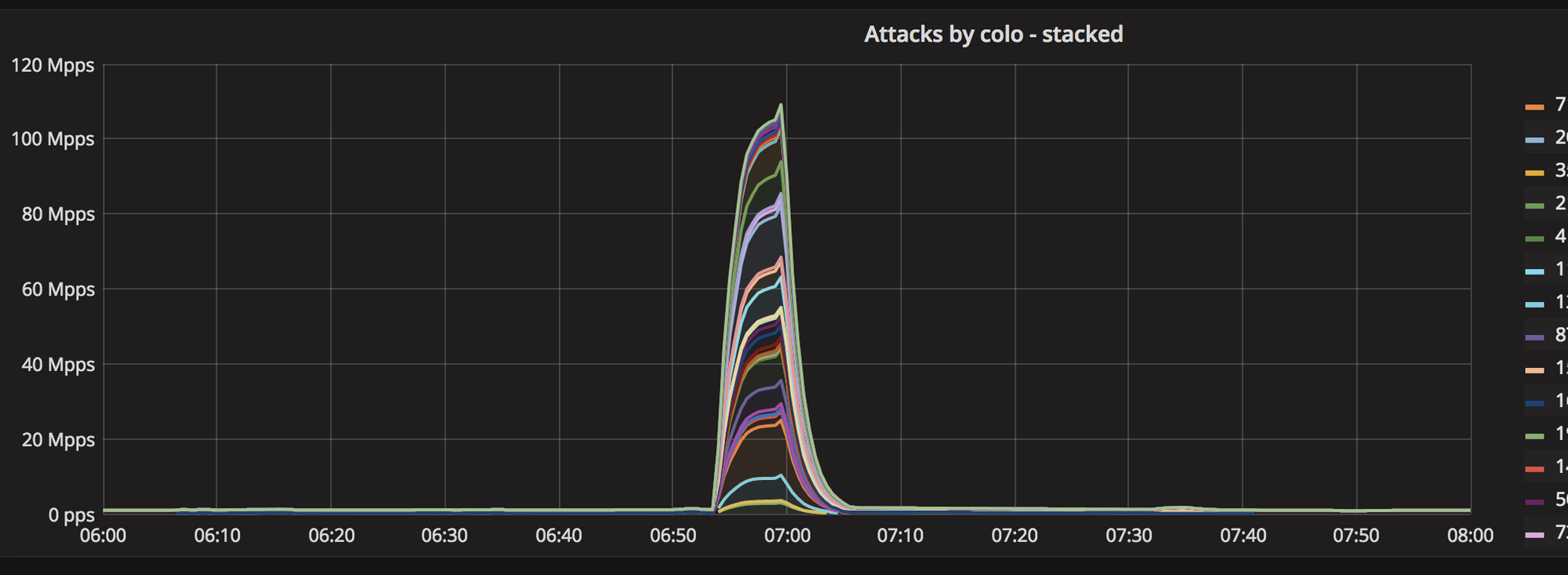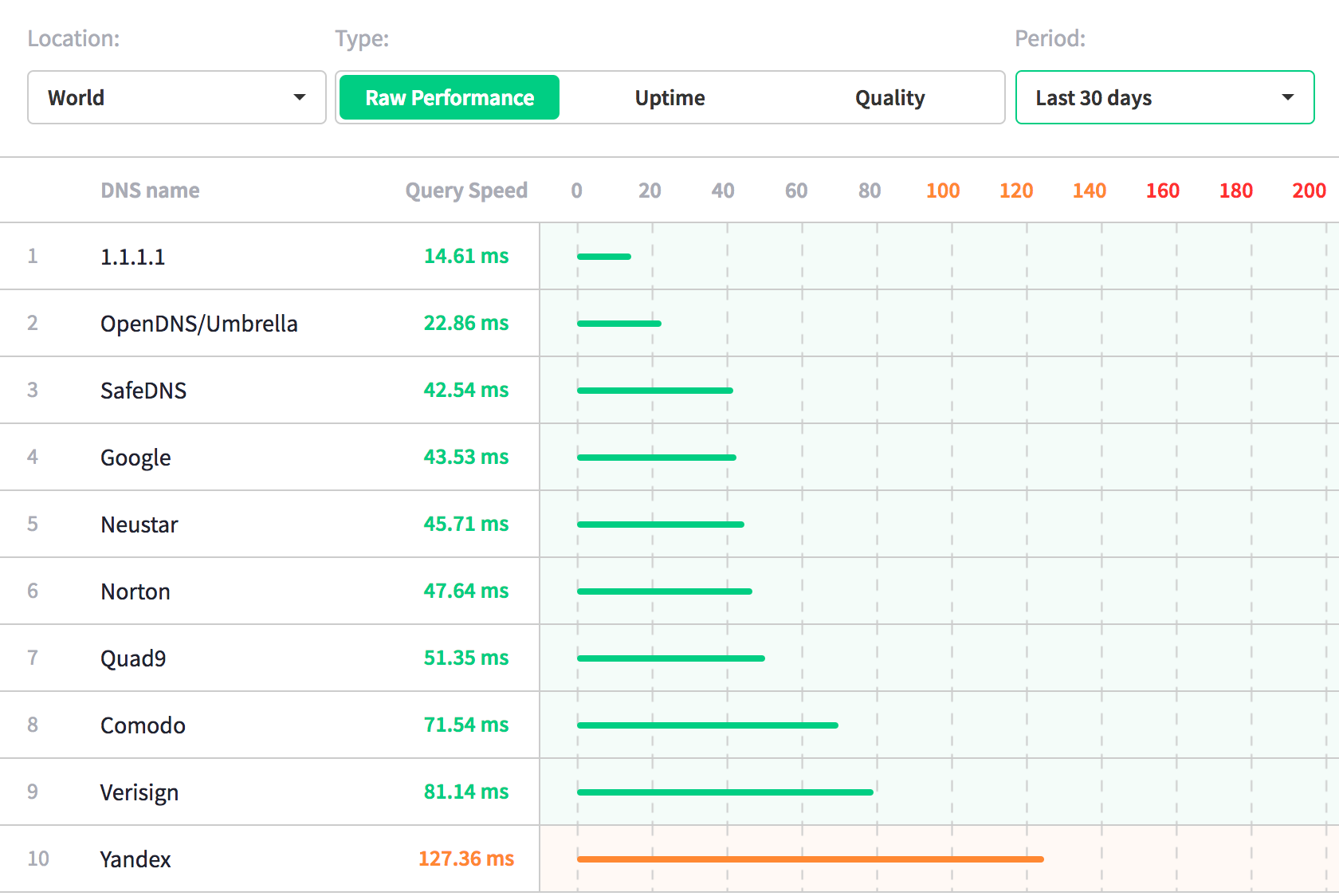The Widening Gyre Of Supercomputing
The twice-annual ranking of distributed computing systems based on the Linpack parallel Fortran benchmark, a widely used and sometimes maligned test, is as much a history lesson as it is an expectation always looking forward, with anticipation, to the next performance milestones in high performance computing. …
The Widening Gyre Of Supercomputing was written by Timothy Prickett Morgan at .











 SDxCentral Weekly Wrap for Nov. 9, 2018: Cisco axes jobs; Verizon CEO Vestberg makes bold moves with restructuring; and more.
SDxCentral Weekly Wrap for Nov. 9, 2018: Cisco axes jobs; Verizon CEO Vestberg makes bold moves with restructuring; and more. What’s in a name? NetApp says its HCI is really hybrid cloud infrastructure (not hyperconverged), but it sounds more like composable.
What’s in a name? NetApp says its HCI is really hybrid cloud infrastructure (not hyperconverged), but it sounds more like composable. Xilinx is renown for its field programmable gate array (FPGA), which the company's founder invented. A purchase of Mellanox could give it additional products to sell into the data center.
Xilinx is renown for its field programmable gate array (FPGA), which the company's founder invented. A purchase of Mellanox could give it additional products to sell into the data center. Alibaba Group’s CEO said that cloud computing will be its “main business” in the future — following closely in Amazon’s footsteps.
Alibaba Group’s CEO said that cloud computing will be its “main business” in the future — following closely in Amazon’s footsteps.